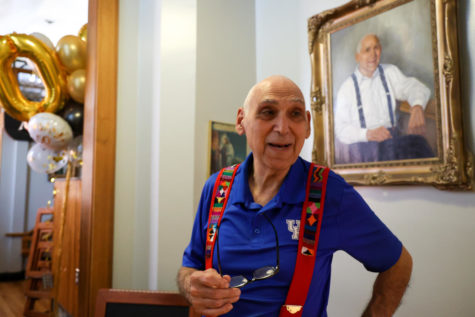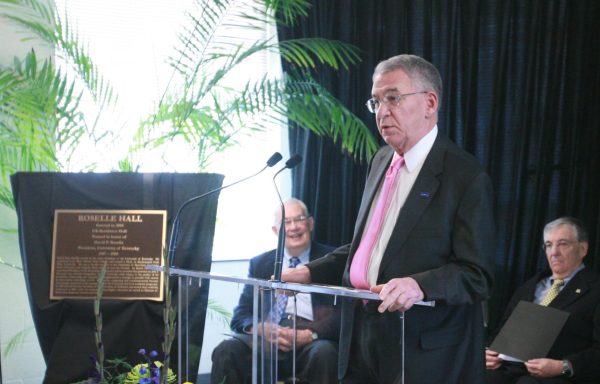American prisons in desperate need of reform
April 8, 2015
Arguably no institution in American society needs reform as much as the American prison system, which continues to be subject to plagues such as overcrowding and sexual violence.
America has the highest incarceration rate in the world, with 716 out of every 100,000 citizens imprisoned for a total of 2.4 million people. This means that the U.S. has 25 percent of the world’s prison population, but is only home to 5 percent of its overall population.
The prison population skyrocketed by one million just within the span of 20 years, and if people on parole and probation are taken into consideration, then one out of every 34 adults is in some phase of the correctional system.
And it’s no secret that the prison system disproportionately affects men of color. Federal statistics show that black men are six times more likely to be imprisoned than white men and 2.5 times more likely than Hispanic men.
Racial minorities in general are more likely to be arrested, more likely to be convicted and more likely to receive harsher sentences.
Studies show that if current trends continue, one out of every three black men and one out of every six Hispanic men can expect to be imprisoned at some point in their lives, compared to one out of every 17 white men.
The only thing more staggering than the number of incarcerated men is the condition in which they are forced to live.
According to humanrightswatch.org, “Prisoners and detainees in many local, state and federal facilities, including those run by private contractors, confront conditions that are abusive, degrading and dangerous.”
One of the more horrific conditions prisoners have to confront is the massive amount of rapes that occur. According to numbers from the Justice Department, there were 216,000 victims of sexual assault in the prison system in 2008, meaning that nearly 10 percent of prisoners were subjected to physical and psychological torture.
So with all these figures in mind, what is the solution?
The first common sense solution would be to end harsh sentencing for nonviolent drug offenders, who make up more than 50 percent of the federal prison population.
The next thing would be to look back into our border policies, as immigration-related crimes make up the second-biggest category at about 11 percent of the prison population.
But the biggest solution to this problem will come when prisoners have a political voice to speak for themselves. This can only happen when we end felony disenfranchisement — the legal prevention of voting due to past criminal offenses.
After all, no one understands the harsh reality of the American prison system like people who have been there, and if we prevent them from having a voice, then they will never be able to take an active role in supporting legislation that helps them.



























































































































































